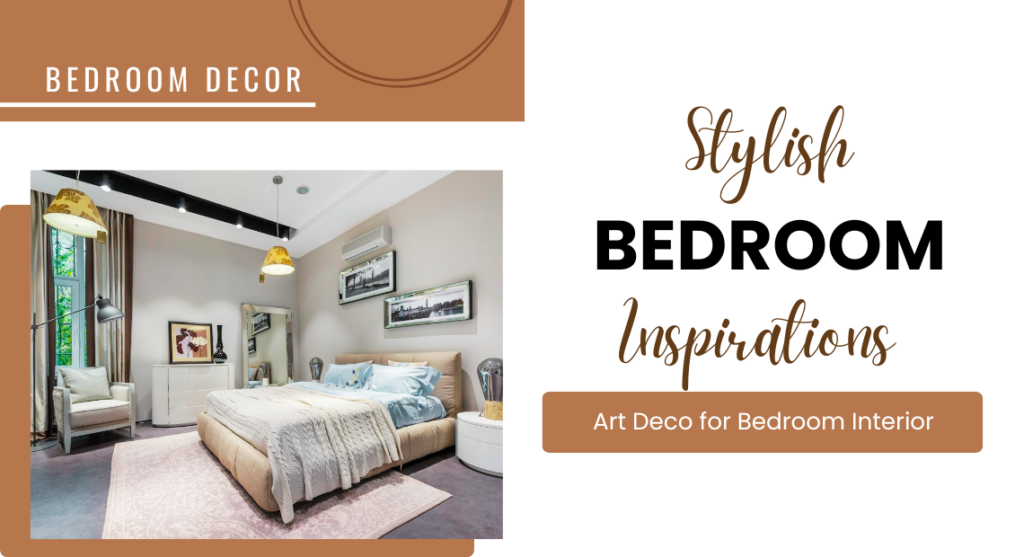The bathroom has long been a space dedicated to functionality, but in recent years, it’s transformed into a sanctuary of relaxation, self-care, and design innovation. As technology advances and lifestyle priorities shift, the bathroom continues to evolve into a space that is not only functional but also sophisticated, sustainable, and connected. In this article, we’ll explore the future of bathroom design—focusing on cutting-edge technologies, design trends, and sustainability practices that will define the bathroom of tomorrow.
1. Smart Bathrooms: Technology Meets Convenience
The future of bathroom design is undoubtedly intertwined with smart technology. Just as kitchens and living rooms have become increasingly integrated with tech, so too has the bathroom. Smart bathroom fixtures and features enhance the experience of comfort, convenience, and efficiency.
Smart Showers and Toilets
- Voice-Controlled Features: Imagine entering your bathroom and adjusting the temperature of the shower, lighting, or even the water pressure, all by voice command. Smart shower systems that offer personalized settings for water temperature, flow, and even lighting are already available, and these features are expected to become more sophisticated in the future. The use of artificial intelligence (AI) will enable showers to remember your preferences and adjust settings automatically when you step in.
- High-Tech Toilets: The modern bidet toilet, already popular in many parts of the world, is quickly becoming a staple in high-end bathrooms. Toilets with features like heated seats, built-in air dryers, self-cleaning mechanisms, and automatic lids are becoming more common. Toilets that can track your health by analyzing waste are also on the horizon, offering insights into hydration levels, nutrient intake, and overall health.
Smart Mirrors
- Smart mirrors are already making waves, and their future applications are boundless. These mirrors do more than reflect your image—they can also display the weather, give you traffic updates, play music, and even offer skincare advice. Integration with AI can allow mirrors to analyze your face for skin changes, helping you track your skincare routine or detect early signs of health issues.
Lighting & Climate Control
- Adaptive lighting and climate control systems are transforming the bathroom into a highly customizable space. Sensors will adjust lighting based on your activity—bright and focused when you’re applying makeup, softer and more relaxing when you’re unwinding in the tub. Likewise, smart thermostats and heated flooring will provide comfort year-round, ensuring your bathroom maintains the perfect climate.
2. Sustainability and Eco-Friendly Practices
As environmental awareness grows, sustainability has become a central focus in bathroom design. From water conservation to energy-efficient systems, the bathroom of the future will be a model of eco-consciousness.
Water Conservation
The bathroom is one of the largest water-consuming areas in a home, and innovations in water-saving fixtures are a major step toward sustainability. The next generation of toilets, showers, and faucets will continue to improve water efficiency without compromising performance.
- Low-Flow Toilets: Toilets using as little as 1.28 gallons per flush (GPF) are becoming more standard. Future models may use even less water while maintaining high efficiency.
- Water Recycling Systems: Some homes of the future may integrate greywater recycling systems, where water from showers, sinks, and baths is filtered and reused for flushing toilets or irrigation.
- Smart Water Meters: These devices track your water usage and provide real-time data on consumption, helping you be more conscious of waste.
Energy-Efficient Systems
Energy-efficient lighting, heating, and ventilation systems will continue to improve. LED lighting, for example, is already a popular choice, but future advancements will allow for even more energy-efficient solutions, such as light-emitting diodes (OLEDs) and adaptive lighting that automatically adjusts to natural light levels.
- Heated Flooring: Electric radiant floor heating systems are energy-efficient and increasingly popular, allowing for warmth without the need for bulky space heaters. Additionally, they’re being integrated with smart home systems that can learn your preferences and adjust the temperature accordingly.
Sustainable Materials
The future bathroom will use materials that are not only durable but also sustainable. Materials like bamboo, reclaimed wood, and recycled glass will be incorporated into design elements, from cabinetry to countertops. Even tiles will see a shift toward sustainability, with options made from recycled materials like ceramic, glass, or even old bottles and tiles.
- Biodegradable Options: Expect to see more biodegradable alternatives to common bathroom products, including environmentally friendly soaps, shampoos, and personal care items, as well as compostable bathroom waste bags.
- Natural Stone and Sustainable Textiles: As people become more conscious of the environmental impact of synthetic materials, natural stone and textiles made from organic fibers will gain popularity in bathroom décor and design.
3. Wellness-Centric Design: Creating Spa-Like Experiences
With the growing emphasis on self-care, the bathroom is quickly becoming a wellness hub. Future bathroom designs will incorporate features that promote relaxation, mental well-being, and even physical health.
Hydrotherapy and Wellness Showers
Wellness-focused bathrooms will feature systems that offer personalized hydrotherapy. Showers with multiple jets, steam functions, and chromotherapy (color therapy) will help transform the space into a spa-like environment. Future technologies will allow showers to mimic the effects of natural rain, waterfalls, or even tropical rains to improve relaxation.
- Aromatherapy Diffusers: Integrated aromatherapy systems in showers, bathtubs, and even toilets will diffuse essential oils that promote stress relief, relaxation, and overall wellness.
- Steam Rooms and Saunas: The inclusion of home saunas or steam rooms will be more common, offering a space to relax and detox in the comfort of your own home. These will be smaller, more energy-efficient, and integrated into the overall bathroom design.
Soaking Tubs and Smart Bathtubs
Bathtubs will continue to evolve, becoming not only functional but also luxurious. Future bathtubs will feature advanced technology, such as built-in speakers, adjustable lighting, and even heated jets for a fully customizable experience. Smart bathtubs may have features like filling the tub to your preferred water level and temperature at a scheduled time.
- Freestanding Tubs: These elegant tubs, which can be placed in the center of the room, are becoming more common in high-end designs. They create a focal point in the bathroom, and in the future, they may be enhanced with smart functionality like self-cleaning surfaces or aromatherapy capabilities.
4. Minimalism Meets High Functionality: Sleek and Streamlined Designs
Future bathroom designs will continue to favor clean, minimalist aesthetics. The emphasis will be on sleek, uncluttered spaces that maximize functionality without sacrificing beauty.
Floating Vanities and Wall-Mounted Fixtures
- Floating vanities, which give the illusion of more space by keeping the floor clear, will continue to rise in popularity. This modern look helps create a more open, airy bathroom and is combined with wall-mounted toilets, sinks, and storage to keep the space feeling spacious and organized.
Modular and Multi-Functional Fixtures
- Bathroom designs of the future will likely favor modular fixtures that serve multiple purposes. For instance, multi-functional mirrors that combine storage, lighting, and even communication or entertainment features (such as screens for news, streaming services, or smart assistants) will be more common.
5. Personalization and Customization
One of the key shifts in future bathroom design is the ability to personalize every detail. Advances in 3D printing and customization technology will allow homeowners to create bespoke tiles, countertops, and even entire bathroom fixtures tailored to their unique preferences.
Customizable Surfaces and Layouts
- With more advanced manufacturing processes, bathroom surfaces such as countertops, sinks, and showers will be entirely customizable in shape, size, and material. Expect to see an increase in 3D-printed materials that can be created on demand, allowing for limitless design possibilities.
Personalized Wellness Features
- As the bathroom becomes a place for self-care, the ability to tailor your experience to your specific health and wellness needs will be an important trend. From smart showers that adapt to your personal body temperature to mirror surfaces that adjust based on your skin type or lighting preferences, the bathroom will become a highly individualized space.
The Bathroom of Tomorrow
The future of bathroom design promises a balance of technology, sustainability, and luxury. From smart showers and eco-friendly fixtures to wellness-centric features and minimalist aesthetics, tomorrow’s bathrooms will be more efficient, personalized, and comfortable than ever before. As technology continues to advance and sustainability becomes even more crucial, expect the bathroom to evolve into a true sanctuary—a space that is both functional and indulgent, one where wellness, design, and innovation come together in perfect harmony.


